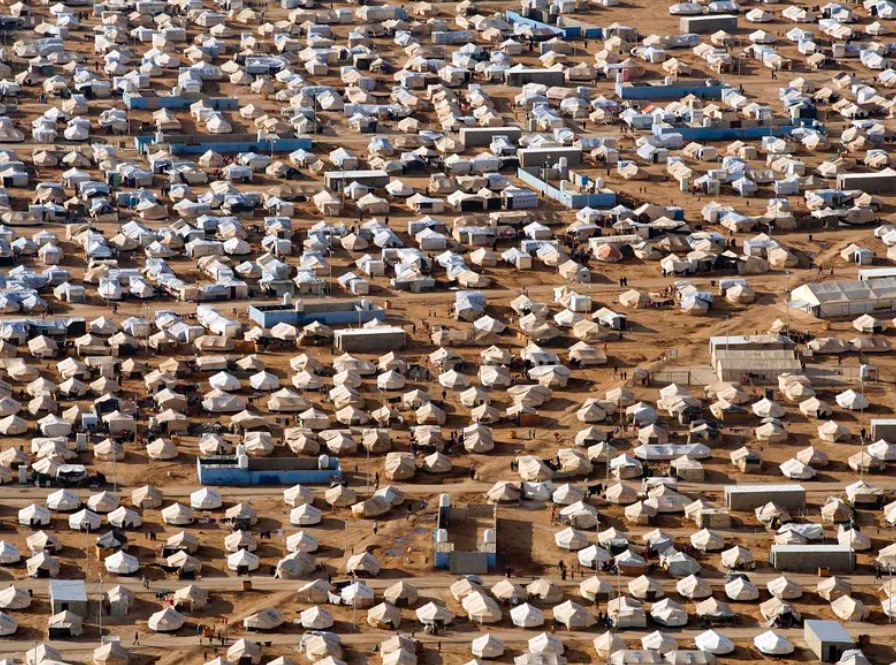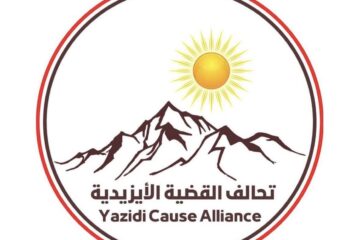UNHCR Report: 90 % of IDPs Are Ezidis
The UNHCR’s December 2024 report on its operations in Dohuk Governorate provides an overview of the humanitarian situation for refugees, asylum seekers, and internally displaced persons (IDPs) in the region. Dohuk remains a critical area for displaced populations, with over 281,000 IDPs and 92,000 refugees residing in the governorate. The majority of refugees are from Syria, while most IDPs are Ezidis who fled the Sinjar district due to the genocidal attacks by Da’esh (ISIS).
Over 90 % Are Ezidis
According to the report, over 90% of the IDPs in Dohuk are Ezidis, making them the largest displaced ethnic group in the region. These Ezidis were forced to flee Sinjar following the 2014 ISIS assault, which targeted them for their religious and ethnic identity, resulting in mass killings, enslavement, and destruction of their homeland. A decade later, many Ezidis remain in displacement, struggling to rebuild their lives amid ongoing challenges.
The report highlights that Ezidis are spread between urban areas and 14 IDP camps across Dohuk Governorate, including well-known camps such as Chamishku, Kabarto 1 and 2, Khanke, and Shariya. The prolonged displacement has left many Ezidis without permanent housing, economic stability, or access to essential services.
10 years of Humanitarian Aid but Aid doesn’t Reached the Ezidis
While the UNBCR report points to significant humanitarian efforts, it also highlights the lack of a long-term solution for Ezidi IDPs. A decade after their displacement, most Ezidis remain in camps, unable to return to Sinjar due to ongoing instability. Without greater investment in security, reconstruction, and legal frameworks for return, the future of Ezidi displacement remains uncertain.

Despite years of humanitarian aid, Ezidis in displacement continue to face significant obstacles. It is yet to be determined whether the humanitarian aid has actually reached the displaced Ezidis or whether the money has been outsourced to other actors and used for other causes. Although there is no proof (yet), fact is, that thousands of Ezidis still live in tents with no access to water and heating. If anything, this is proof that the aid has not reached the Ezidis or that it has been insufficient.
At the same time, Ezidis remain unable to return to Sinjar due to insecurity, lack of infrastructure, and political disputes over the region. They also face challenges in obtaining civil documentation, which affects their ability to access services and claim rights.
Many Ezidi women and children who survived Da’esh captivity require ongoing mental health and trauma support, which remains insufficient.
The UNHCR’s work in Dohuk is essential, but without political resolution and sustained international commitment, the Ezidi people continue to face a protracted displacement crisis with no clear path to a stable future.
While the tension between Arabs, Kurds, and Turks continues in the region, Ezidis are yet again left in the crossfire. To make matters worse, international powers and the international community have no interest in intervening. While the U.S. was pushing strongly for the protection of human rights when it invaded Iraq, Syria, and Afghanistan, it don’t seem interested in these same human rights anymore. This doesn’t leave anything else to believe other than the fact that each state and its people are left to defend themselves against everything and that no help will come, even if you are being attacked by terrorists and states built on terrorism.

